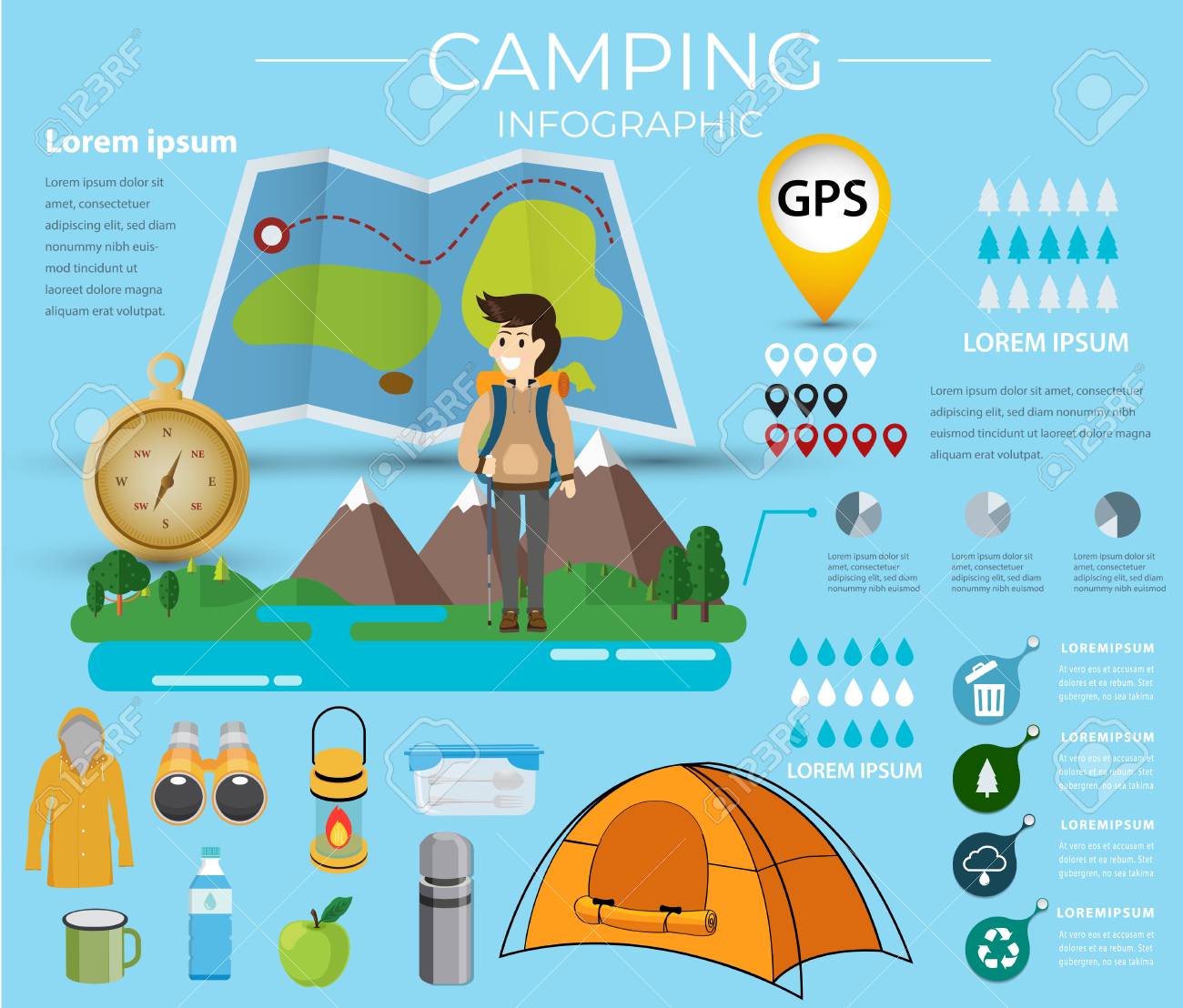Wintertime camping is an enjoyable and adventurous experience, yet it needs correct equipment to ensure you remain warm. You'll require a close-fitting base layer to trap your temperature, along with a shielding jacket and a water-proof shell.
You'll likewise need snow stakes (or deadman anchors) buried in the snow. These can be linked making use of Bob's brilliant knot or a normal taut-line drawback.
Pitch Your Camping tent
Wintertime camping can be a fun and adventurous experience. Nonetheless, it is necessary to have the correct equipment and understand how to pitch your tent in snow. This will certainly protect against cool injuries like frostbite and hypothermia. It is likewise essential to eat well and remain hydrated.
When establishing camp, make certain to pick a site that is protected from the wind and without avalanche risk. It is also an excellent concept to pack down the area around your outdoor tents, as this will certainly help reduce sinking from body heat.
Prior to you established your camping tent, dig pits with the same dimension as each of the support points (groundsheet rings and guy lines) in the facility of the camping tent. Fill these pits with sand, rocks or perhaps stuff sacks filled with snow to portable and protect the ground. You may also intend to think about a dead-man anchor, which entails connecting tent lines to sticks of wood that are hidden in the snow.
Pack Down the Location Around Your Camping tent
Although not a necessity in most locations, snow stakes (additionally called deadman supports) are an excellent enhancement to your camping tent pitching kit when outdoor camping in deep or compressed snow. They are primarily sticks that are created to be buried in the snow, where they will certainly freeze and develop a strong anchor factor. For best outcomes, utilize a clover drawback knot on the top of the stick and bury it in a couple of inches of snow or sand.
Establish Your Tent
If you're camping in snow, it is an excellent idea to make use of a camping tent designed for wintertime backpacking. 3-season tents function fine if you are making camp listed below timberline and not anticipating particularly harsh weather condition, but 4-season outdoors tents have sturdier posts and fabrics and use more security from rainfly wind and heavy snowfall.
Make certain to bring sufficient insulation for your resting bag and a warm, completely dry inflatable floor covering to sleep on. Inflatable mats are much warmer than foam and assistance prevent chilly places in your camping tent. You can additionally include an extra floor covering for resting or cooking.
It's additionally a great concept to set up your camping tent near an all-natural wind block, such as a group of trees. This will certainly make your camp more comfortable. If you can not find a windbreak, you can produce your own by digging openings and burying items, such as rocks, outdoor tents stakes, or "dead man" anchors (old outdoor tents guy lines) with a shovel.
Restrain Your Outdoor tents
Snow risks aren't necessary if you utilize the ideal techniques to secure your outdoor tents. Buried sticks (perhaps gathered on your strategy walking) and ski posts function well, as does some version of a "deadman" buried in the snow. (The concept is to create an anchor that is so solid you will not be able to draw it up, despite having a lot of effort.) Some suppliers make specialized dead-man anchors, but I like the simpleness of a taut-line hitch connected to a stick and after that hidden in the snow.
Be aware of the terrain around your camp, particularly if there is avalanche threat. A branch that falls on your tent might harm it or, at worst, wound you. Also be wary of pitching your camping tent on an incline, which can catch wind and lead to collapse. A sheltered location with a reduced ridge or hillside is better than a steep gully.
